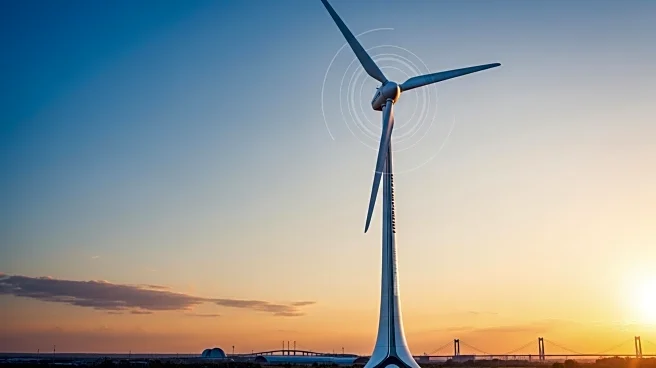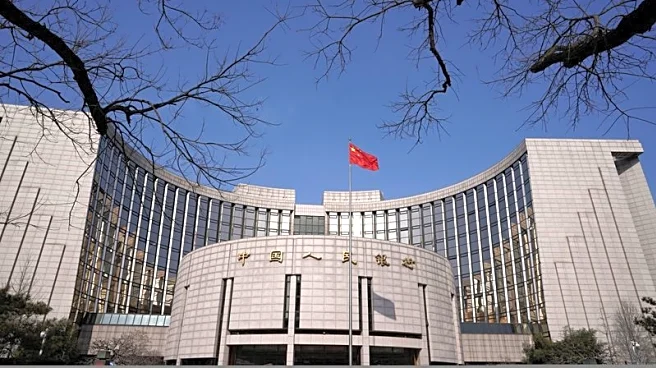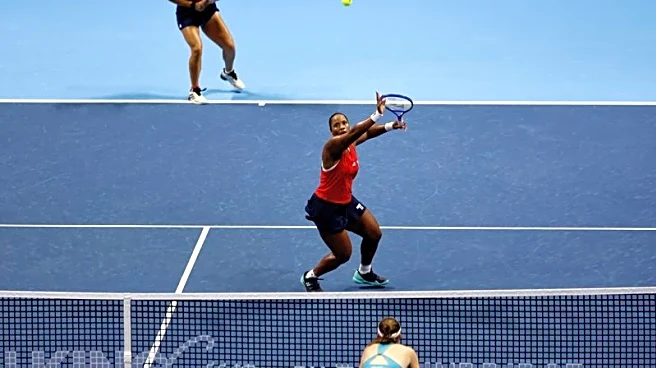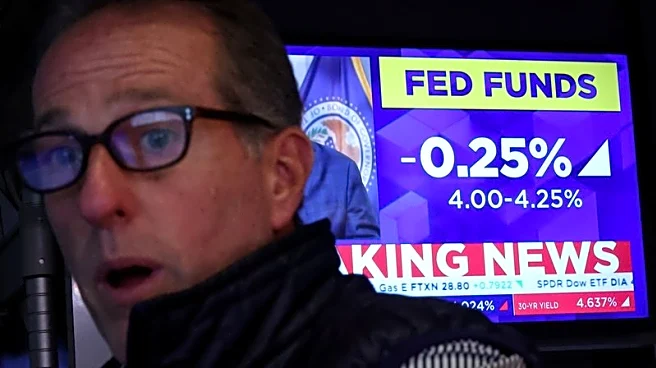What's Happening?
Central Asia, comprising Kazakhstan, Kyrgyzstan, Tajikistan, Turkmenistan, and Uzbekistan, is gaining attention in the art world due to significant cultural developments. Uzbekistan has launched the first Bukhara Biennial and announced programming for the Centre for Contemporary Arts Tashkent. Kazakhstan has opened the Almaty Museum of Arts. These initiatives reflect the region's efforts to build cultural infrastructure and gain global recognition. The countries have also increased their presence at the Venice Biennale, with dedicated national pavilions. Economic growth in the region is projected to outpace China, further supporting cultural expansion.
Why It's Important?
The cultural initiatives in Central Asia represent a strategic use of soft power to enhance the region's global standing. By investing in art and cultural infrastructure, these countries aim to attract international attention and foster cultural exchange. The developments could lead to increased tourism and economic opportunities, benefiting local artists and communities. The region's young demographic and economic growth provide a fertile ground for cultural innovation and expansion, potentially reshaping the global art landscape.
What's Next?
As Central Asia continues to develop its cultural infrastructure, further international collaborations and events are expected. The region's ties with China and growing trade relations may influence cultural exchanges and initiatives. The U.S. and Europe have also increased engagement with Central Asia, indicating potential for further cultural and economic partnerships. Observers anticipate more art events and exhibitions that will showcase the region's unique cultural heritage and contemporary art scene.











